Israeli scientists from Ben-Gurion University of the Negev (BGU) announced earlier this month they developed a new methodology to trace the SARS-CoV-2 virus through sewage and wastewater systems in Israel, which could potentially be used to track outbreaks.
Dr. Oded Nir, of the department of desalination and water treatment at BGU’s Zuckerberg Institute for Water Research, tells NoCamels that the group of scientists had been monitoring the country’s excrement during the COVID-19 pandemic to gather data on the level of genetic material of the virus found in feces.
“Our goal is to establish an early warning method because it was shown that the virus can be spotted in feces and sewage two to three days before symptoms start to appear [in humans,]” Nir says.
Nir explains that this “efficient” method could recognize “hotspots” of the virus in Israel. “By sampling all the wastewater treatment plants in Israel, we can detect the outbreak in one particular region and just quarantine this area. The rest of the country can continue its economic activity,” he says.
Organized sewage samples from some 20 wastewater plants in Israel have been taken so far.
Nir is an expert in water treatment technology who develops new physical and chemical processes for water and wastewater purification and desalination. He says he wanted to contribute to the fight against the novel coronavirus when the pandemic hit Israel and realized monitoring the virus in wastewater could help. He looked for researchers that could do the actual tests in wastewater and joined a project led by Prof. Ariel Kushmaro of the Avram and Stella Goldstein-Goren Department of Biotechnology Engineering at BGU. Other team members include Dr. Itay Bar-Or, a virologist from Sheba Medical Center, Dr. Yakir Berchenko of BGU’s Department of Industrial Engineering and Management, and Prof. Eran Freedler from the Technion.
Nir says the group is also working with scientists from the Health Ministry to continue “sewage surveillance.”
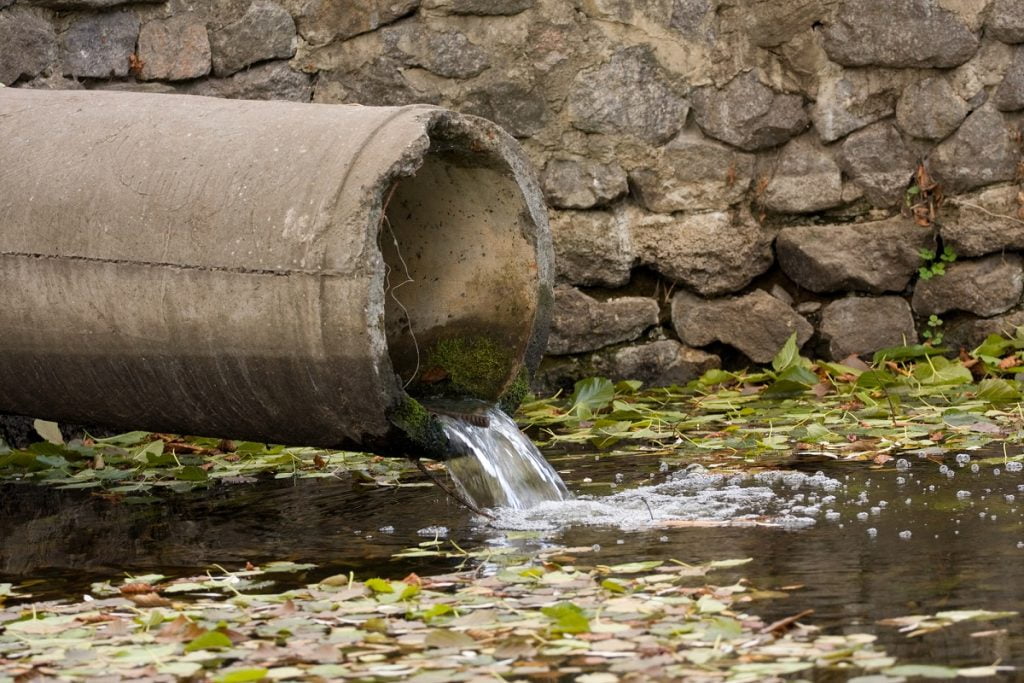
After taking samples at small and large wastewater treatment plants and several additional spots in the sewage pipeline of Tel Aviv area during the coronavirus outbreak, the team has confirmed SARS-CoV-2 RNA in sewage.
The researchers found a larger concentration in the Bnei Brak area, which corresponds with an outbreak hotspot. This finding drives their belief that screening sewage and wastewater could give a better indication of the spread of the virus than current methods.
“We sampled three different times in Bnei Brak,” Nir says. “We were able to find a nice relation between the total number of the patients reported in a day and the virus load coming to the wastewater treatment plant that treats all of Bnei Brak’s sewage.”
While the researchers couldn’t specifically target the virus concentration (specific number of virus particles in the water), they received their answers by tracing the virus load.
Sign up for our free weekly newsletter
Subscribe“We still don’t know how to translate what we measure to actual concentration [of virus particles in the water] but you can see comparatively that the concentration is higher,” he explains.
Members of the team who specifically worked with viruses used a PCR (polymerase chain reaction) device to detect the specific genetic material related to SARS-CoV-2 from the water and sewage samples. Nir tells NoCamels that the scientists would take the samples, put it into the machine, and the machine would start multiplying the material in cycles. If the machine took less cycles to multiply, it meant that the sample had a higher number of virus particles. If there were more cycles, it was a smaller number.
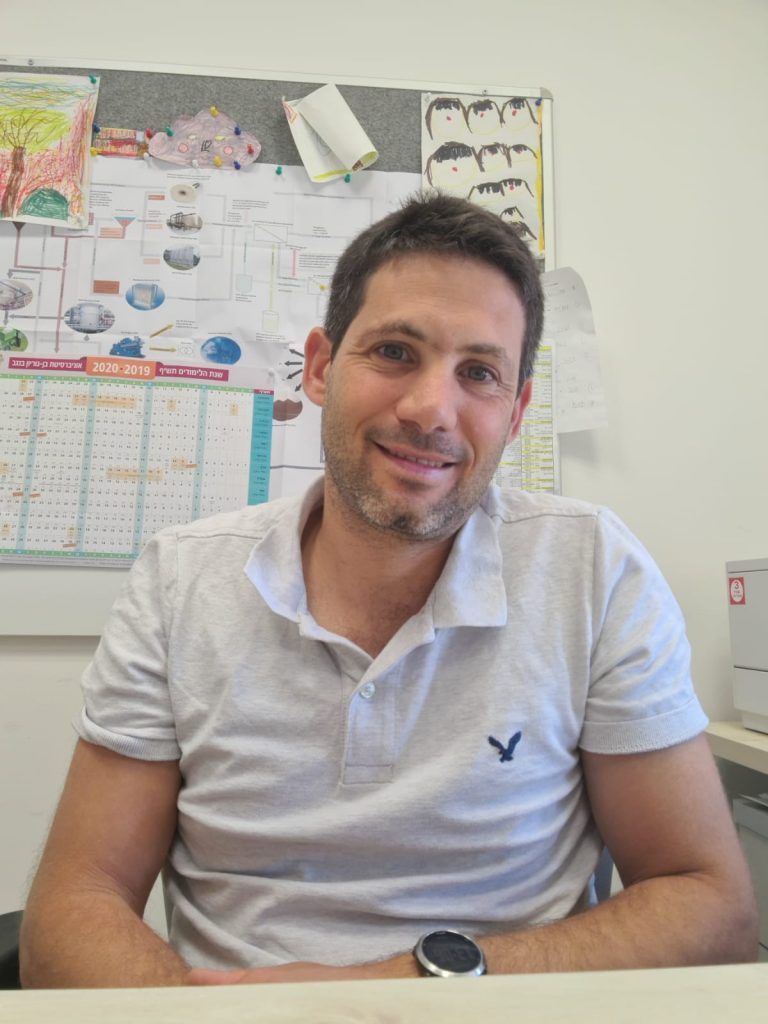
“Right now we can compare the number of cycles between samples and the smaller the cycles, the higher the concentration. We still don’t know the ratio of cycles to concentration but we know how to compare the different samples.”
In other words, Nir says, the group can correlate the loading of the virus (its cycles) to the number of verified patients.
Nir says there is a second goal for this project, which for him, hits closer to home. The goal is to make sure that the virus does not reach treated wastewater. Nir says to prove this, the teams checks the loadings of the virus at the different stages of treatment.
“There is no evidence that someone can get infected with coronavirus from sewage. It is probably not surviving the sewage. It gets to the sewage through traces — people shed it through their feces and by not washing hands and doing laundry with infected sheets,” said Nir, “We just want to make sure because until we do the test properly, we cannot be sure and this can affect water use.”
“We won’t want policymakers and the public to be afraid of reusing wastewater — especially here in Israel where we are leaders in wastewater reuse,” he says.
In Israel, wastewater is seen as a product and treated wastewater (effluent) is considered a resource. There is specific legislation for wastewater collection and treatment systems and permits for treated wastewater users.
Israel is not the first country in the world to identify the novel coronavirus in wastewater, Nir said. The first group was one from the Netherlands and it was also identified in France, Germany, the US, Italy, and Australia.
“We want to develop this method, also for Israel, so we will have it too — so we can be ready in case the second wave [of an outbreak] arrives,” Nir said.
Related posts

Resilient And Nutritious New Plant-Based Milk Aims To Make A Splash

Chocolate From Cultivated Cocoa Comes Without Environmental Toll

Plastic Fantastic: Startup Takes PVC Back To Its Crude Oil Roots


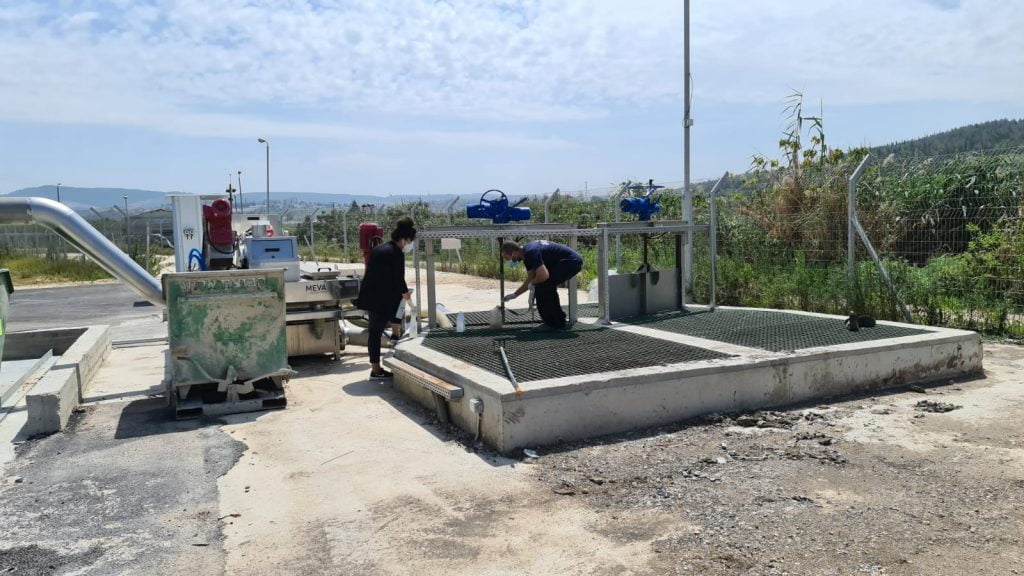
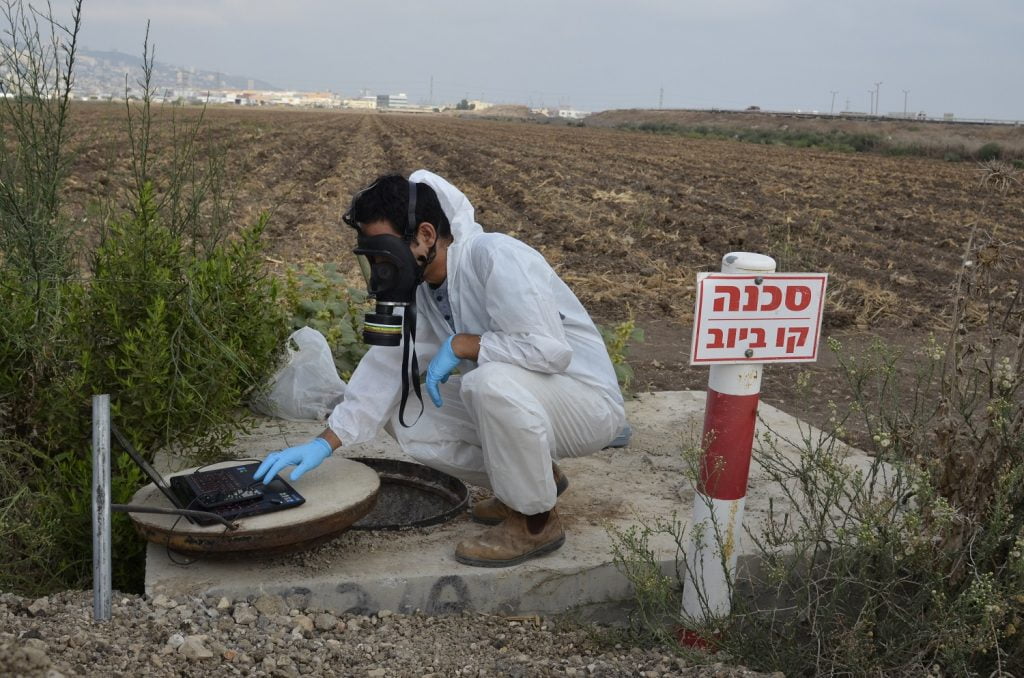
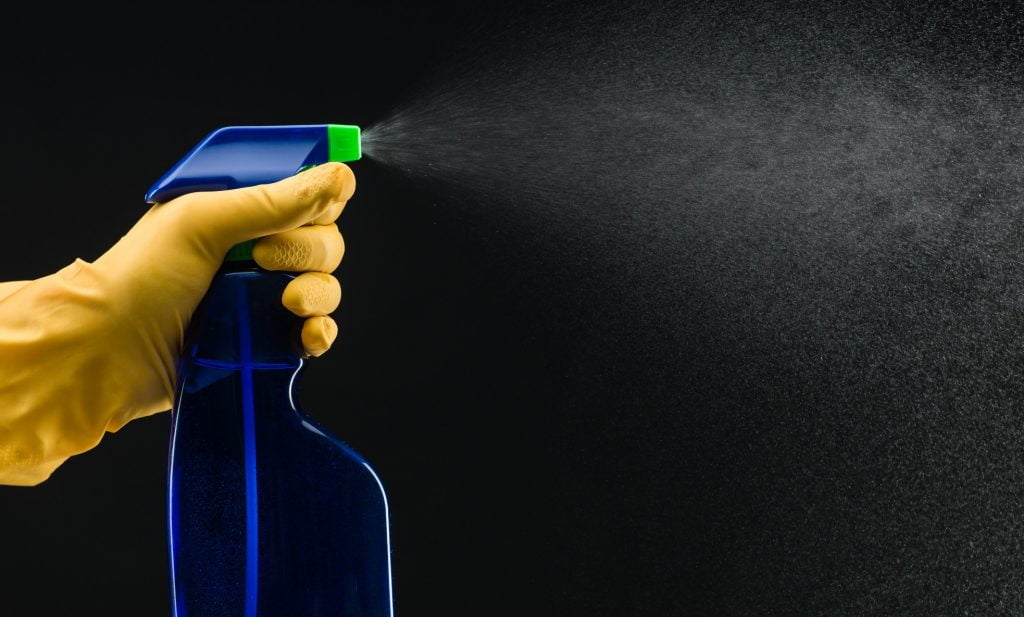

Facebook comments